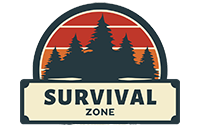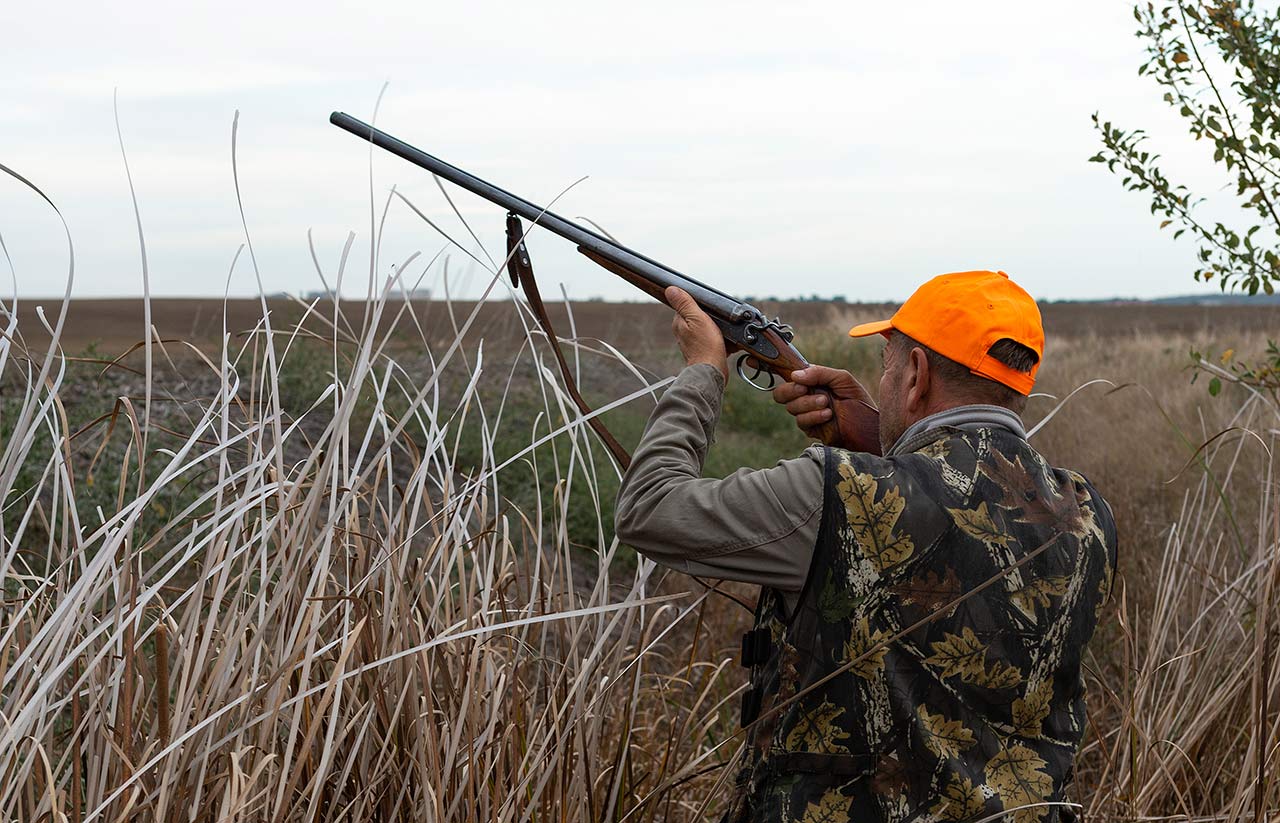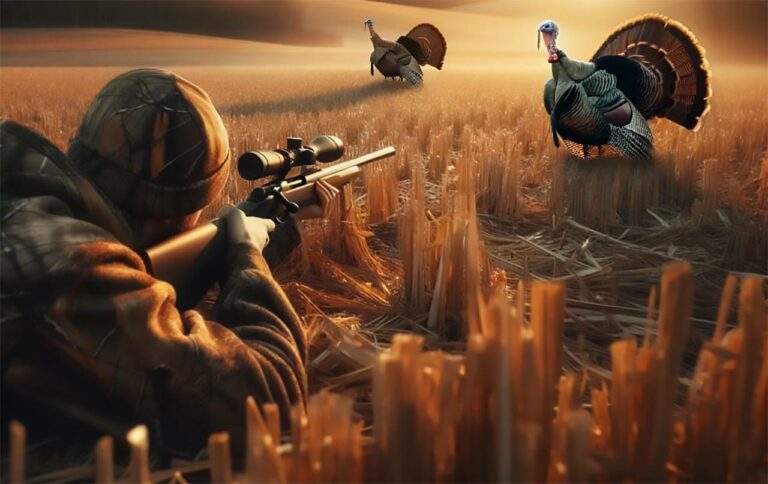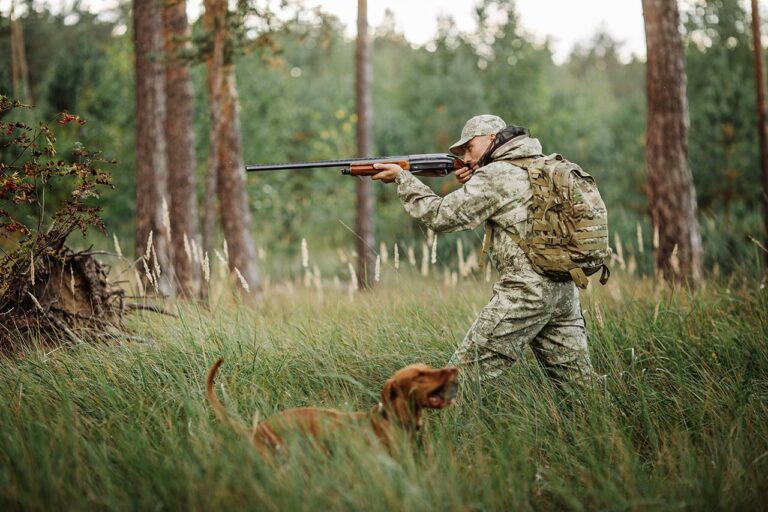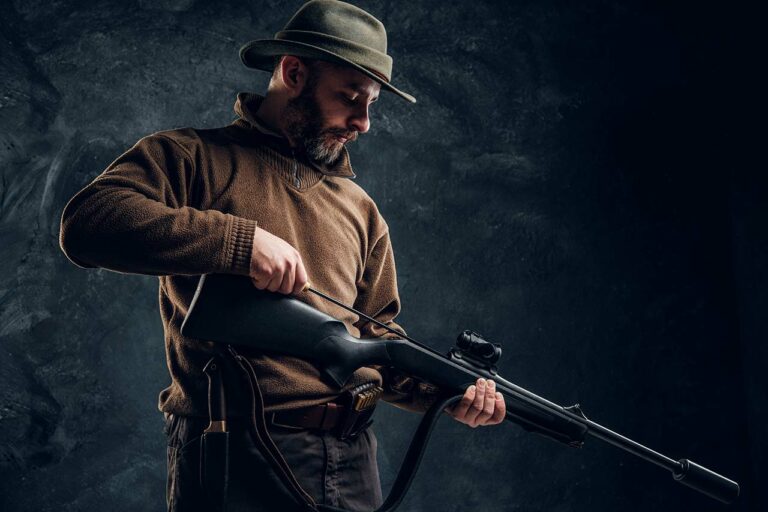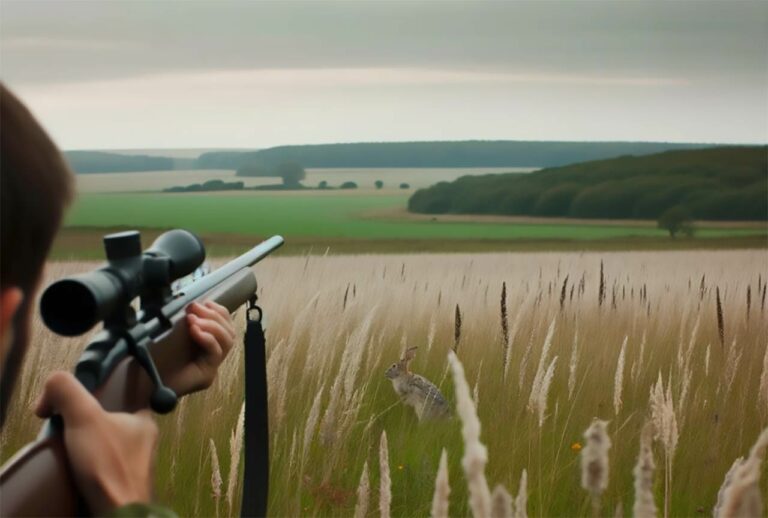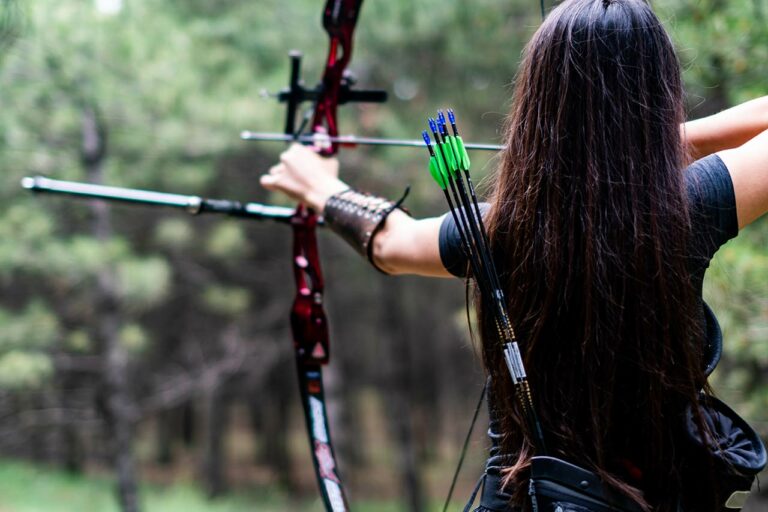Dove Hunting Tips For Beginners (Strategies For Success)
Dove hunting is not just an exhilarating outdoor pursuit, but a vital skill for those focused on self-reliance and survival. As a beginner stepping into the world of subsistence hunting, it’s essential to know the intricacies of hunting doves, not just for sport but as a sustainable food source.
Let’s get into core strategies every survival-minded dove hunter should be aware of, from identifying key habitats and selecting the right weapon, to perfecting your shooting for sustenance and mastering concealment techniques. These tips will help ready you for your first dove hunt, so you can hone your skills before you really need them.
Understanding Dove Habits
There are several species of doves you might encounter when hunting, but the most common types include mourning doves, white-winged doves, and Eurasian collared doves. Understanding the habits and differences of the various types of doves will help make your hunting experience more successful.
Feeding Areas
Doves are primarily seed-eaters. They feed on various grains like corn, wheat, sunflowers, and millet. They also eat weed seeds and grit for digestion. To locate feeding areas, look for active farm fields, patches of sunflowers, and areas with plenty of grains and weeds.
Dove Scouting Basics
When scouting for doves, pay attention to their typical feeding and watering patterns. Doves need water daily, so finding watering sources, such as ponds or creeks, near grain crops increases your chances of success. Grit sources, like gravel roads, also attract doves for digestion purposes. Watch for trees and dead tree branches that doves use as resting and preening spots. Remember that observing these patterns before the hunting season begins helps you make the most out of your hunting experience.
Impact of Weather
Weather can significantly affect dove behavior, and understanding these changes can make a difference in your hunt. On hot days, keep an eye on watering holes as doves seek water to cool down. Windy days may find doves flying lower to the ground, making them easier to spot. Cloudy days might make doves more difficult to see, so make sure to remain patient and always maintain your situational awareness.
Preparing for Dove Hunting
Essential Dove Hunting Gear
Before you head out in the field, you’ll want to gather the following essential gear:
- Shotgun: A 20-gauge or 12-gauge shotgun is suitable for dove hunting. Be sure you’re comfortable with your choice and have practiced shooting with it.
- Shells: Go with lead or non-toxic shot such as steel. Popular shot sizes for doves are 7.5, 8, or 9.
- Choke: An improved cylinder choke typically works well for dove hunting, allowing for a wider shot pattern.
Choosing the Right Attire
When choosing your attire for dove hunting, consider the following:
- Camo: Wear camouflage clothing to blend into your environment. A camo shirt and pants, along with appropriate boots, will help you stay concealed.
- Bird vest: A dove hunting vest with plenty of shell pockets will help you carry your gear comfortably and efficiently.
- Comfort: Think about the weather and choose attire that will keep you comfortable throughout your hunt.
Dove Hunting Regulations
Before your hunt, you’ll also need to familiarize yourself with local and federal regulations:
- Hunting license: Obtain the necessary licenses. Keep in mind, hunting migratory birds like doves requires additional permits in many areas.
- U.S. Fish and Wildlife regulations: Familiarize yourself with these regulations to ensure you’re in compliance during your hunt.
Understanding Dove Habitats
You’ll have a higher chance of success on your dove hunt if you understand dove habitats and behavior. So, keep in mind these places doves like to hang out:
- Crop fields: Doves often feed in crop fields, so scout out areas with grain, sunflower, or cornfields nearby.
- Water sources: Doves need to drink daily, so look for hunting spots close to water sources like rivers, ponds, or seeps.
- Trees and power lines: Doves prefer to perch on trees and power lines. Scouting areas with these features can help you identify potential hunting spots.
Utilizing Decoys
Like with many birds, decoys can help attract doves and improve your success during hunts.
Stationary Decoys
These can be placed around your hunting area to mimic perching doves and draw other doves in.
Decoy Placement
Position your decoys strategically in trees, brush, or along power lines for maximum visibility. Experiment with different placements to see what works best for your specific hunting spot.
Dove Hunting Shooting Skills
To become a successful dove hunter, developing your shooting skills is crucial. Practice makes perfect, so put in the time at shooting ranges or clay target courses. Wingshooting, particularly dove shooting, requires quick reflexes and accuracy. Work with sporting clays, doubles, and crossers to simulate real-life hunting scenarios.
Remember, patience and focus are key when trying to hit a moving target. Keep your eyes on one dove at a time and don’t be discouraged by missed shots, as practice will improve your accuracy.
Advanced Dove Hunting Strategies
As a beginner, the most basic techniques are the most important ones. Practice regularly with moving targets and the gun you’ll be using in the field. When you’re looking to up your dove hunting game, there are a few advanced tips that can help you become a better hunter.
Nail Your Shooting Stance
Improve your shooting success by practicing your aim and mastering a consistent shooting stance. Focus on leading your target before taking your shot. Keep in mind that doves fly fast, so aim about 6 feet in front of them, tracking ahead with your shotgun.
Decoy Placement
Practice with your decoy placement until you figure out which placement and patterns attract more birds. Ensure decoys are visible from all angles, and use a variety of them to create a more realistic scene.
Motion decoys are a great investment down the line.
Staying Hidden
Camouflage yourself and your hunting gear, using natural vegetation or hunting blinds. Practice moving with stealth. You stand a much better chance of getting a clean shot off if you are invisible to your targets.
Weather Watch
Stay up-to-date with weather changes, as this can affect dove activity. Doves are more likely to be active just after a rainfall and during cool temperatures.
Understanding Dove Triple Play
The dove triple play is a hunting strategy that targets three key areas where doves congregate: food, water, and roosting sites. By focusing on these areas, you’ll increase your chances of a successful hunt.
Food Sources
Scout nearby agricultural fields where doves might be feeding. Look for an abundance of wheat, corn, sunflowers, and milo as these are favorite foods of mourning doves and pigeons. Be sure to take note of the feeding patterns of the birds and plan your hunt accordingly.
Watering Holes
Doves will visit water sources, especially during warm weather. Identify ponds, streams, and other watering holes near your hunting location that the birds use.
Roosting Sites
Doves typically roost in wooded areas with mature trees. Scouting for these sites will reveal dove activity and increase your chances for success.
Frequently Asked Questions
What is the best shotgun for dove hunting?
When it comes to dove hunting, your choice of shotgun is essential. There isn’t a one-size-fits-all answer, but most hunters prefer a 12 or 20-gauge shotgun. Semi-automatic shotguns are popular for beginners, as they offer a faster follow-up shot for a better chance of hitting your target. Pump-action and over/under shotguns are also suitable options. Make sure you practice with your chosen shotgun before heading out to hunt doves, as this will help build your shooting skills and confidence.
When is the optimal time of day to hunt doves?
Doves are most active during the early morning and late afternoon, making these time frames the best for hunting. Early morning, around sunrise, is an excellent time to catch doves feeding, and late afternoon is when they typically return to their roosts.
During these times, doves are also more likely to be flying at lower altitudes, making it easier for you to spot and shoot them.
Do I need a license to hunt doves?
Yes, you will need a license to hunt doves. Licenses and regulations vary from state to state, so it’s crucial to familiarize yourself with your local laws before heading out. You should also check the appropriate state game and fish websites or visit a local office to obtain the necessary permits and information on hunting seasons. Some states even require a migratory bird stamp. Remember, being compliant with your area’s regulations will ensure a safe and enjoyable dove hunting experience.
